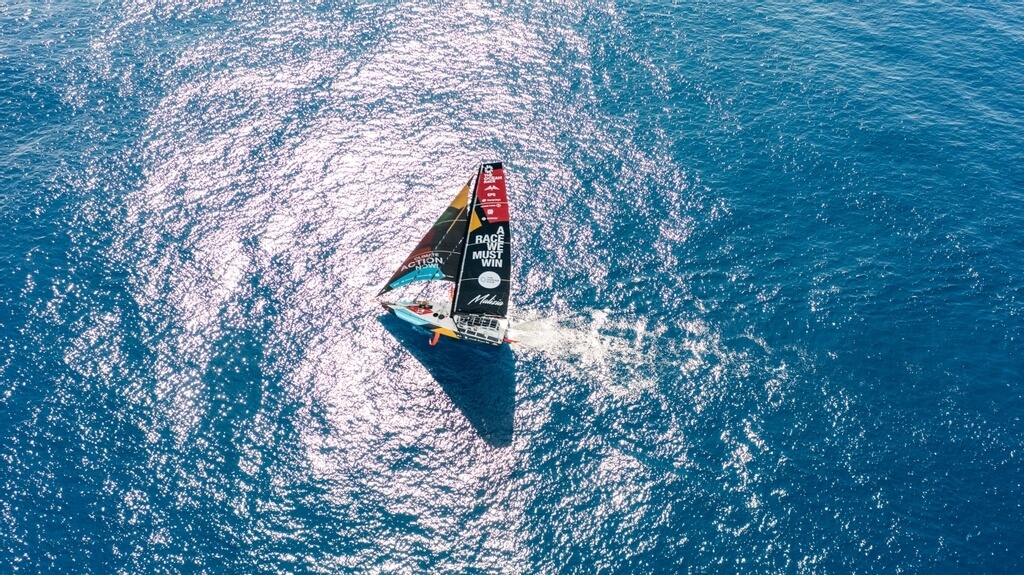
Innovative anti-shark wetsuits that protect surfers
Two different companies have approached the issue of fatal attacks in different ways, from designing a suit that makes surfers and swimmers look less like prey to hardening materials with nanofibres.
According to the International Shark Attacks File, last year 11 deaths and 73 incidents involving shark attacks were registered. In general, the risk of fatal shark attacks are slim, however, all that can be done to prevent and reduce this risk is welcomed. This is why two companies have been testing and trying new ways of preventing attacks.
Shark’s habitat
Despite popular belief that sharks only like warm water temperatures, the truth is different shark species can be found in all oceans and throughout the world. A small number of shark species are able to live in freshwater rivers and lakes, however most sharks live between the water’s surface and 2000m down.
Sharks are hardly found living 3000 m below sea level, however there are some cases. Tiger sharks, Hammerheads and Bull sharks often prefer warmer waters, while the Dogfish, Greenland or the Goblin sharks prefer cold water.
Related article: The woman who befriended an octopus
Sharks eyesight
Although sharks can see clearly from 10-15 meters, they lack the necessary cells that process colour vision. This means they can only see black and white. Moreover, they are thought to see very focused images, meaning they do not lack visual acuity. Obviously, water conditions play a major effect as well on their ability to see from a distance, but in ideal conditions, they see about 10 times better than humans in the water.
A Perth company, Shark Attack Mitigation Systems (SAMS) has designed a new anti-shark wetsuit that could prevent the likelihood of attacks. It is banded black and white, and is inspired by recent discoveries of sharks' sensory system as well as their specific eyesight.
The wetsuit breaks up the silhouette of the surfer, meaning it will look less like a seal in the eyes of the shark and less likely to attempt a bite. Regarding the effectiveness of the suit, despite having performed well in tests, some marine scientists are still raising doubts.
The use of nanofiber in wetsuits
Surfers and divers who spend time in the ocean are at risk of getting bitten by a shark. To prevent these accidents, another company, Shark Stop, has developed a wetsuit that uses nanofiber technology to resist bites.
These suits receive the name of Shark Stop, and are heavier than normal weisuits. Besides their main objective of protecting the individual, they are also made from biological materials, meaning they are kinder to the environment than traditional wetsuits. When testing the suit, it was found it reduces the depth of a great white shark bite.
“We know that when surfing and diving you need maximum flexibility in your wetsuit to be unrestricted. The strength of Shark Stop fabric does not compromise its flexibility.” -Haydon Burford, founder of the Shark Stop wetsuit.
In this case, the company is still in its final stages of development, however, Mr. Burford insists they still have a long way to go: “Although we have created sample products, we have not yet manufactured these suits to scale. There could be problems that we haven't run into yet."
What to do in case of a shark attack
The odds of being attacked by a shark are very slim: around one in 11.5 million. However, learning some tips in the case of an emergency could be life saving. In order to increase your chances of survival you can:
Before getting into the water:
- Avoid river mouths: There is silt and other material in suspension. There could be bull sharks, which, together with great whites and tiger sharks, are the most likely to attack humans.
- Avoid fishing boats: If there are fishermen catching fish or struggling with them in the water, it can attract hungry sharks. Moreover, often fishermen discard material they don’t want and gut fishes. This effectively puts chum in the water and brings sharks to the area.
- Do not swim alone early in the morning or late at night: Although it is very relaxing, these are the times when shark attacks are most likely. In most cases, sharks attack due to reduced visibility.
- Go to the toilet beforehand: Due to the shark's incredible sense of smell, they can detect blood and urine far away. Urine has the same effect as blood and can attract hungry sharks. Also, women who are menstruating should be cautious as this could also attract these animals.
If you are under attack
- Avoid panicking: easier said than done, if you are being circled by a shark avoid splashing around. As sharks do not have paws or hands, if they want to explore something they are curious about, they put it in their mouth. This is why some people get exploratory bites that cause no serious injuries.
- Maintain eye contact with the shark: Sharks tend to ambush, so if you are turning around and facing it the whole time, he will not be feeling as comfortable as sneaking from behind.
- Stay big or get small: This could be more confusing. If a shark is in attack mode, you need to get as big as possible. However, if the shark is passing through, it is best to roll up into a ball.
- Do not play dead: If the shark has already attacked you, playing dead will not do the trick. Punch, kick poke at sensitive spots. A shark’s nose is a good option, but be careful with its mouth. To keep it safe, you can try to aim for its gills, as these are very sensitive. Also, use anything you carry as a weapon.
- Back away slowly: gradually swim backwards and away from the shark. Try keeping the animal in sight and slowly swim backwards into shallow water.



![How to choose the right surfboard for you [2021]](https://nauticalchannel.com/img/news/1628672235_pexels-matt-hardy-5327071.jpg.jpg)









_v2.svg)
_v2.svg)









_v2.svg)


